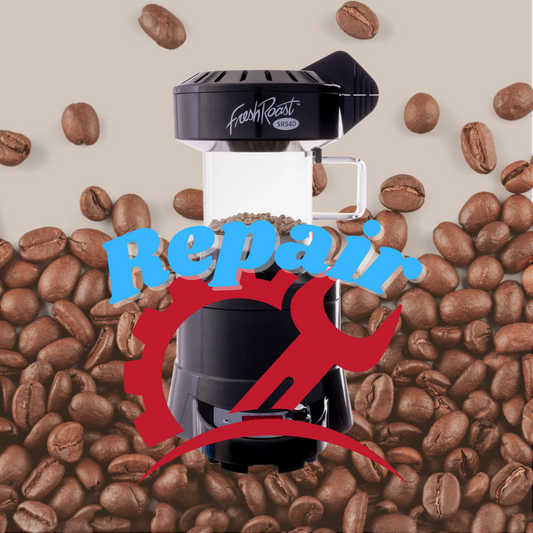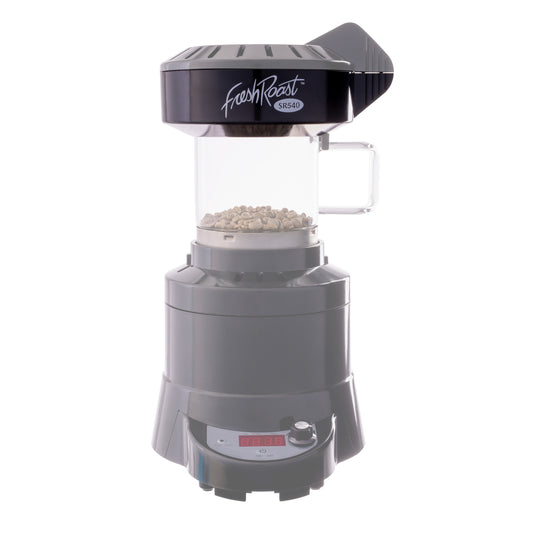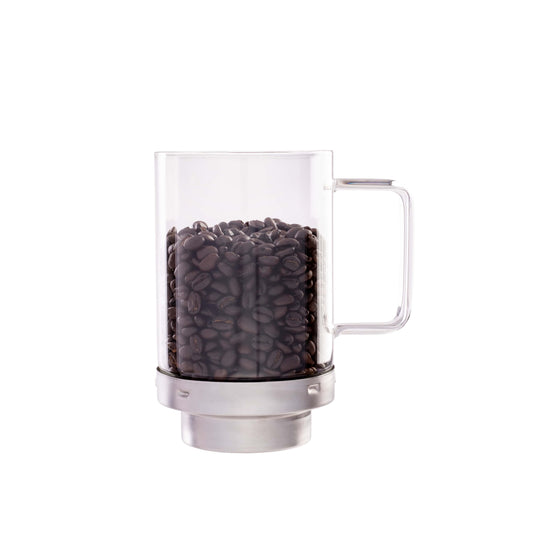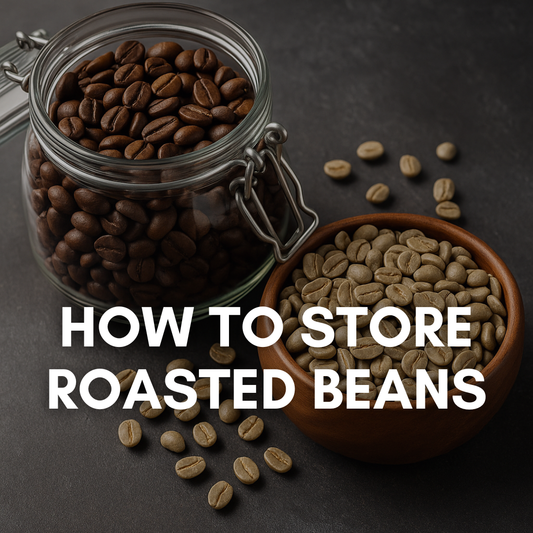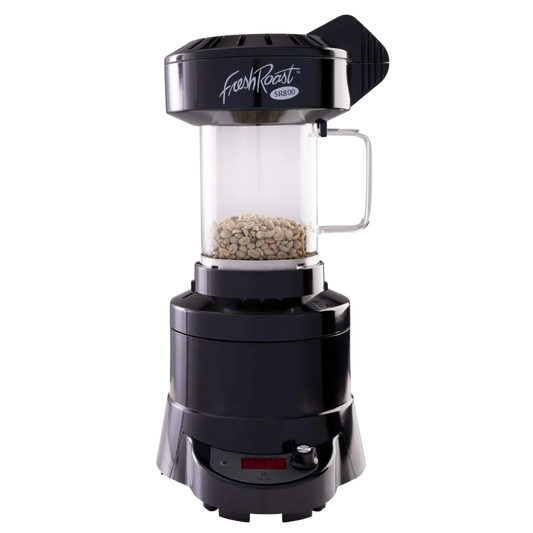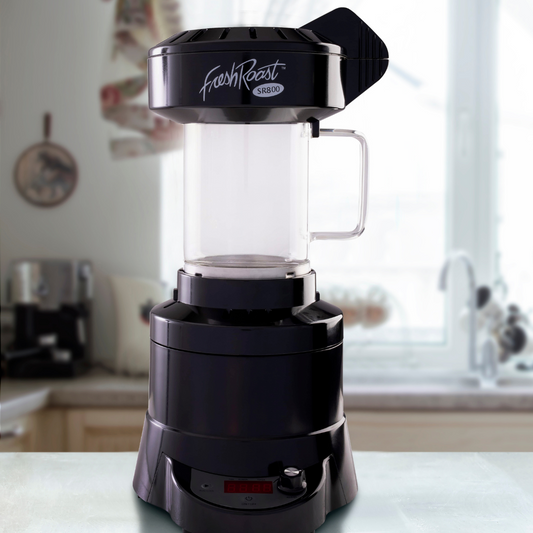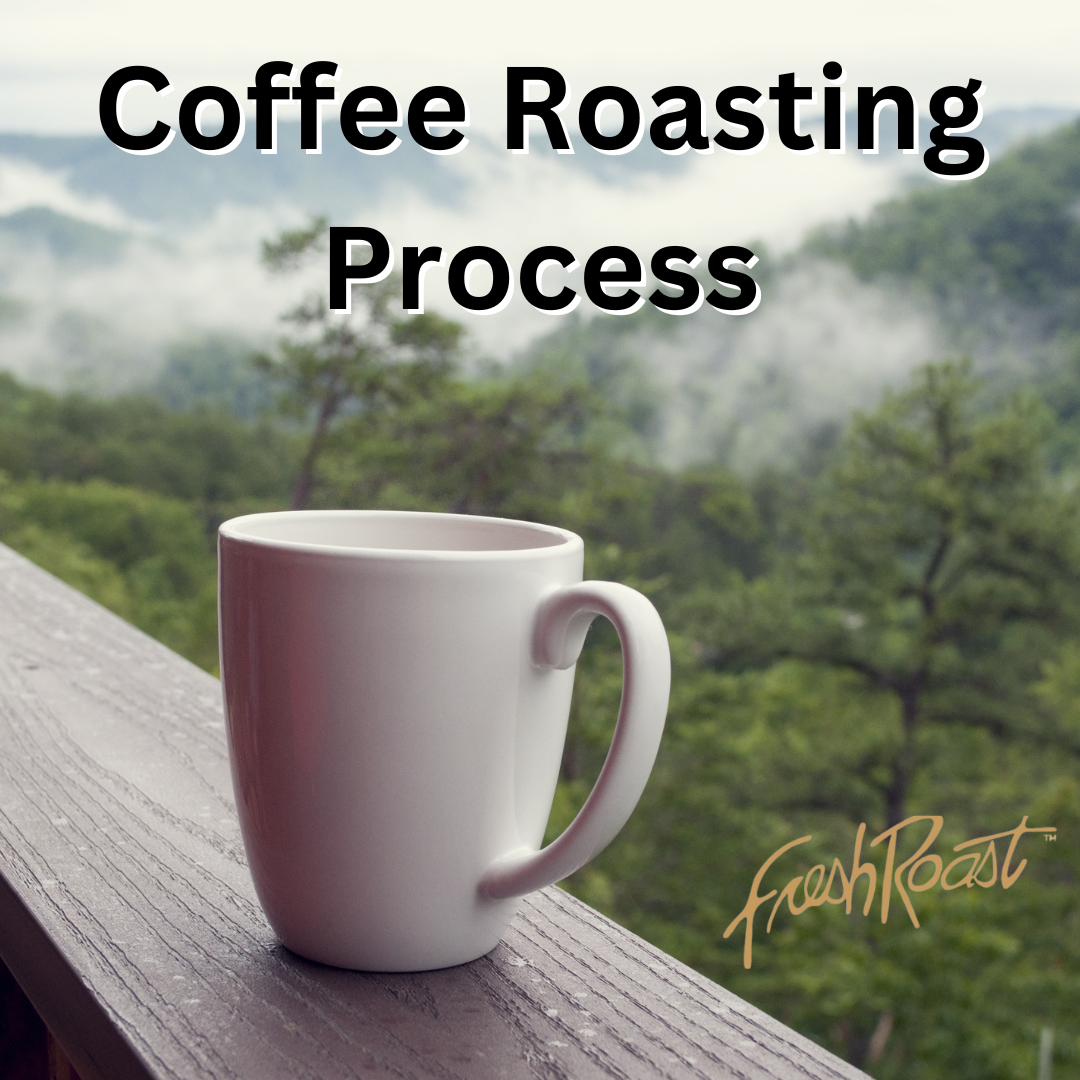
Coffee Roasting Process
Coffee is one of the most popular beverages around the world, and for good reason. Not only does it provide a burst of energy, but it also has a unique taste and aroma that is enjoyed by millions of people every day. However, most coffee drinkers are unaware of the complex process that transforms green beans into the perfect cup of brewed coffee. In this blog post, we will delve into the fascinating world of coffee roasting and explore the various stages involved in transforming green beans into a delicious cup of coffee.
The Coffee Roasting Process
The coffee roasting process is a delicate balance between art and science, and it is the key factor in determining the flavor and aroma of coffee. It involves heating the green coffee beans until they reach a desired level of roast. This process is typically carried out in a specialized roasting machine, although some small-scale roasters may use manual methods.
There are four main stages in the coffee roasting process: drying, browning, first crack, and second crack. Let's take a closer look at each of these stages.
- Drying
The first stage in the coffee roasting process is drying. In this stage, the green beans are heated to around 212°F (100°C) to remove any moisture from the beans. This is an essential step, as moisture can cause the beans to develop mold and spoilage.
During the drying stage, the beans will turn yellow and may emit a grassy smell. This stage typically lasts for around 4-5 minutes, depending on the type of coffee and the roasting method used.
- Browning
After the drying stage, the beans enter the browning stage. This is where the coffee begins to develop its characteristic flavor and aroma. The beans are heated to around 356°F (180°C) and undergo a series of chemical reactions.
During this stage, the beans will turn brown as the sugars and amino acids in the beans begin to break down. The coffee will also start to emit a distinct aroma, which will vary depending on the type of coffee being roasted. This stage typically lasts for around 3-5 minutes.
- First Crack
The first crack is a crucial stage in the coffee roasting process. It occurs when the beans reach a temperature of around 430-450°F. During this stage, the beans will expand and make a cracking sound, similar to popcorn.
The first crack marks the point where the coffee has reached a light roast. If the beans are removed from the roaster at this stage, they will have a mild flavor and a light color.
- Second Crack
The second crack is the final stage in the coffee roasting process. It occurs when the beans reach a temperature of around 470-480°F. During this stage, the beans will expand and make a second cracking sound, which is typically louder and more rapid than the first crack.
The second crack marks the point where the coffee has reached a dark roast. If the beans are removed from the roaster at this stage, they will have a bold flavor and a dark color. However, if the beans are roasted for too long, they may become burnt and have a bitter taste.
Factors Affecting the Coffee Roasting Process
The coffee roasting process is not an exact science, and there are several factors that can affect the final flavor and aroma of the coffee. Let's take a look at some of the key factors that roasters need to consider when roasting coffee beans.
- Roasting time
The length of time that the beans are roasted is one of the most important factors in determining the flavor and aroma of the coffee. Roasting for too long can result in a bitter taste, while roasting for too short can result in a weak flavor
- Roasting temperature
The temperature at which the beans are roasted is another critical factor that affects the flavor and aroma of the coffee. Higher temperatures result in a darker roast and a stronger flavor, while lower temperatures produce a lighter roast and a milder taste.
- Bean origin
The origin of the coffee beans is another crucial factor in determining the flavor and aroma of the coffee. Different regions produce coffee beans with unique flavor profiles, and roasters need to take this into account when selecting beans for roasting.
- Bean quality
The quality of the beans also plays a significant role in the coffee roasting process. Higher quality beans typically result in a better-tasting coffee, as they have a more complex flavor profile and a higher concentration of oils.
- Roasting method
The method used to roast the beans can also affect the final flavor and aroma of the coffee. For example, drum roasting produces a more even roast, while air roasting results in a lighter roast and a milder taste.
- Cooling process
The cooling process is another important factor in the coffee roasting process. Proper cooling helps to stop the roasting process and prevent over-roasting, which can result in a burnt flavor.
Understanding the coffee roasting process is essential for coffee lovers who want to appreciate the complexity and uniqueness of their favorite beverage. By knowing the different stages involved in roasting coffee beans and the various factors that can affect the final flavor and aroma, coffee drinkers can gain a deeper appreciation for the art and science of coffee roasting.
In conclusion, the coffee roasting process is a delicate and complex process that transforms green beans into the perfect cup of brewed coffee. It involves a careful balance between art and science, and there are several factors that can affect the final flavor and aroma of the coffee. By understanding the different stages involved in coffee roasting and the various factors that can affect the final flavor and aroma, coffee lovers can gain a deeper appreciation for the art and science of coffee roasting. So, the next time you enjoy a cup of coffee, take a moment to savor the complex flavors and aromas that are the result of the intricate coffee roasting process.


